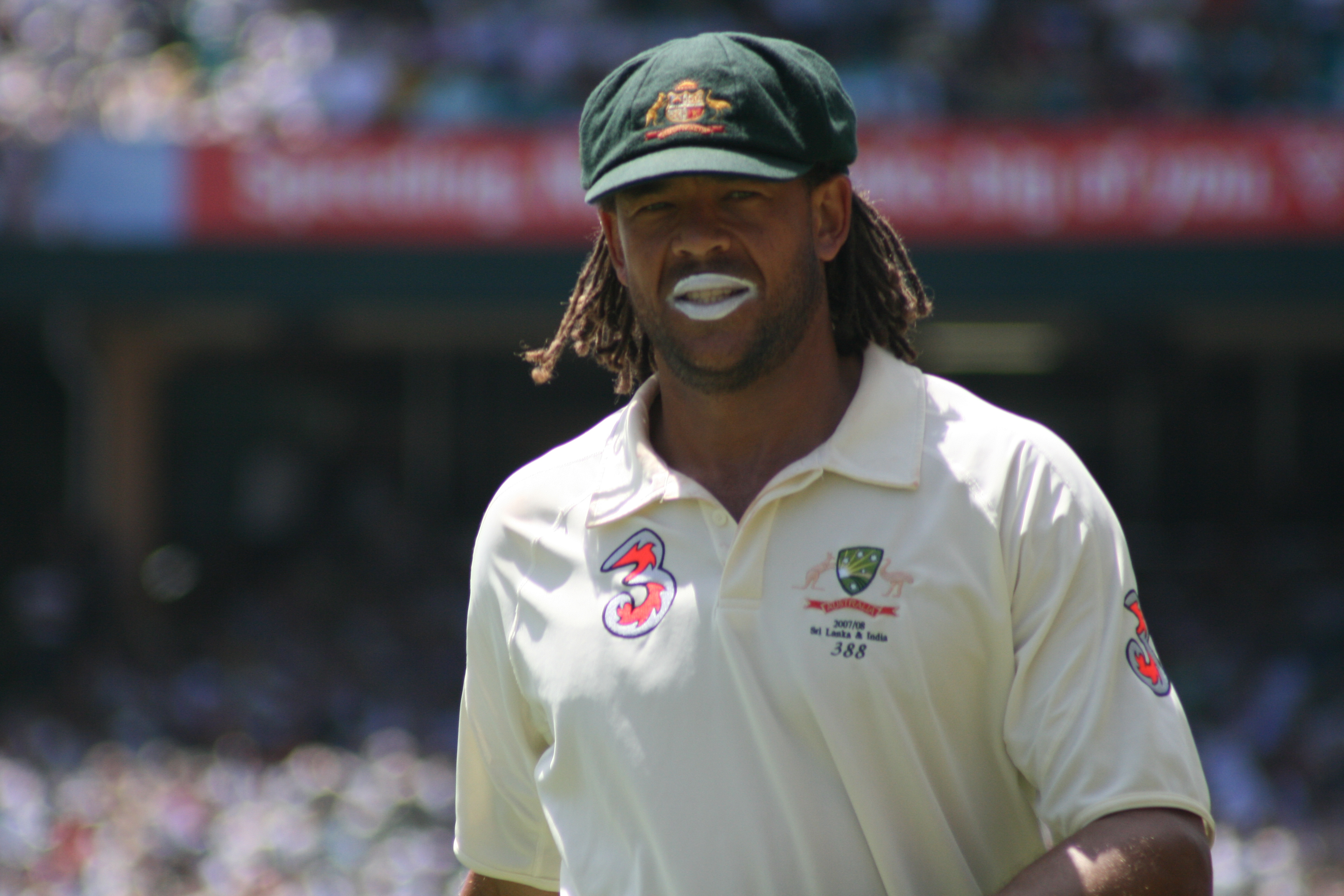
When India and England take to the field for the First Test in Chennai, it will be the first time in five years that Harbhajan Singh starts a series as India’s first-choice spinner. No longer will he be bowling in tandem with Anil Kumble. After five years of mixed results that have fuelled speculation that he was in decline, the responsibility of leading the spin attack may just be the catalyst for India’s most successful off-spinner to return to his peak.
Harbhajan appears to thrive on the burden of leading the attack. In matches where he has played with Kumble, he averages 32. When Kumble has been absent, Harbhajan averages 26.1, substantially less. This becomes more marked when India has resorted to playing five bowlers, as it did in Faisalabad, Mohali and Mumbai in 2006, and in Adelaide and Ahmedabad in 2008. During these matches, Harbhajan bowled listlessly, with no apparent sense of purpose, taking 11 wickets at 59.5. Only Irfan Pathan averages worse when India has fielded five bowlers. In the Adelaide Test, he was outbowled by Sehwag. Harbhajan looked irrelevant as Ricky Ponting-of all people-dominated him and broke his hoodoo with a century. It was as though the surfeit of bowlers made him feel unrequired and irrelevant. In Faisalabad, he was plundered for 178 runs, ending the series with 0/355.
Never one to reject an opportunity to return fire, Harbhajan has a long history of performing well when he is surrounded by conflict and chaos. Like the fiery Australian tennis player Lleyton Hewitt, it seems to fire him up for the task ahead. He rarely fails to respond to engage his opponents in the media, even after he was told by the BCCI to stop commenting on last season’s tour of Australia.
One could be forgiven for thinking that he deliberately seeks confrontation and controversy to create a siege mentality for his own competitive advantage. Others are more cynical. Speaking at a recent cricket forum, former Australian off spinner Ashley Mallett claimed that Harbhajan courted controversy in order to deflect attention from his bowling action.
Harbhajan’s greatest triumph came when he was on the verge of giving up cricket. In 2000, his fledgling career, already beset by allegations of chucking, appeared in tatters when he was expelled from the National Cricket Academy for disciplinary reasons. When his father died, Harbhajan, the only son, contemplated moving to the United States to drive trucks to support his mother and unmarried sisters. Various other slow men were paired with Kumble and Harbhajan appeared well out of favour.
When Kumble succumbed to injury, the similarly belligerent Sourav Ganguly called for Harbhajan’s recall. The selectors obliged and Ganguly was amply rewarded when his hitherto out-of-favour Sikh warrior famously spun India to a series victory over Australia in early 2001. He took 32 wickets when none of his teammates took more than three as India came back from 1-0 down and being forced to follow on to end Australia’s world record run of 16 consecutive Test wins. Fittingly, he hit the winning runs after a late stumble in the deciding Test.
It was always going to difficult to repeat such results and so it proved. In 2003, after playing through a finger injury for an extended period, Harbhajan was sent home from the tour of Australia for surgery after an ineffective First Test.
In late-2004, he returned amid much speculation and promptly took a ten-wicket haul in his first Test back against Australia in Bangalore. With India 1-0 down, the pitch for the Third Test in Nagpur was an uncharacteristic greentop, the result of payback for internal BCCI squabbling. Ganguly and Harbhajan both withdrew at late notice, officially on grounds of injury and illness, but many alleged that it was grass induced and roundly condemned them. India plummeted to defeat by 342 runs and its first home Test series defeat to Australia in 35 years. Harbhajan then roared back for the final Test in Mumbai and spun India to victory with 5/29 as Australia fell for 93. He then took nine wickets to be man-of-the-match against South Africa at Eden Gardens soon after.
Harbhajan then quietly made his way through the next year with moderate results until the Ganguly-Chappell spat exploded in late-2005 and Indian cricket went into open warfare. Always one to defend his allies, Harbhajan accused Chappell of instilling fear and insecurity into the team. Ganguly was shunted out of the team, and Harbhajan appeared to be on thin ice after being gagged. Rumours abounded that Chappell was planning for Harbhajan to follow his Dada out the door. Harbhajan promptly responded by engineering a win at the next ODI in Nagpur and was India’s most economical bowler for consecutive ODI series. He then took match-winning ten-wicket haul in the Ahmedabad Test, ending the year strongly after a weak start.
 After losing form and being dropped, Harbhajan was recalled in late-2007, and put in mediocre performances against Pakistan and Australia. Then came the racism controversy with Andrew Symonds (pictured), followed by a media run-in with Matthew Hayden. His subsequent ODI performances in Australia were relatively good compared to his barren record in the country. In both finals matches, Symonds and Hayden were regaining the ascendancy for Australia after a top-order collapse. On both occasions, Harbhajan had a hand in dismissing the pair of them in quick succession, which went a long way towards securing India’s wins.
After losing form and being dropped, Harbhajan was recalled in late-2007, and put in mediocre performances against Pakistan and Australia. Then came the racism controversy with Andrew Symonds (pictured), followed by a media run-in with Matthew Hayden. His subsequent ODI performances in Australia were relatively good compared to his barren record in the country. In both finals matches, Symonds and Hayden were regaining the ascendancy for Australia after a top-order collapse. On both occasions, Harbhajan had a hand in dismissing the pair of them in quick succession, which went a long way towards securing India’s wins.Harbahajan was again in the headlines after slapping Sreesanth and receiving a lengthy ban. When he returned, he was India’s leading wicket-taker in Sri Lanka. In a year when he has been the most sanctioned Indian cricketer, he is also India’s leading Test wicket-taker and the second highest from all countries.
Kumble’s departure will also mean that Harbhajan will now play under the captaincy of MS Dhoni. In three matches under Dhoni’s captaincy, he has taken 19 wickets at 18.42 and all the matches were won. Under Ganguly, he claimed 177 wickets at 26.84 in 37 Tests. However, with Kumble and Dravid at the helm, Harbhajan averaged around 3.5 wickets per Test at an average over 40. Perhaps he is unable to perform at his best when led by placid leaders with a worldview so starkly different.
Kumble’s retirement could be a blessing for Harbhajan. In recent years, India’s improved away record in the 21st century was in large part due to Kumble’s increased overseas effectiveness in the latter half of his career. Harbhajan is now in the middle of his career and averaging around 40 away from home, which is not a good portent for India’s overseas ambitions, where it needs to win more consistently if it wants to vie for world dominance. His record in Pakistan stands at 0/355 and he
will doubtless want to rectify that next month. If the burden of responsibility takes hold again, Harbhajan too can rise to another level. If he does, then India’s post-Kumble future looks promising. Chennai is one of his favourite hunting grounds
and an ideal place to start this next phase of his career.

7 comments:
good account of HB...
he is the type of player which needed to be constantly reminded of his responsibility...take the attention from him and he will be any other average player...
blogrolled you... :)
YM,
You state your case in a most persuasive fashion.:)
Good one YM. doubt Bhajji knows this much about himself.
I think this is also why India shouldn't use the five bowler policy, because Harbhajan will likely not perform. They would then effectively replace him with Harbhajan and lose a batsman
Interesting account HB... but off late his success has got to his head and he is a victim of his own boasts. He has been throwing hot and cold in his form and the cold is usually in plain stupidity than talent utilization.
Dude, why'd you take down the Sehwagology page on Wikipedia?
Harbhajan is very good spin baller.
he turns ball very well. I like his balling action.
Post a Comment